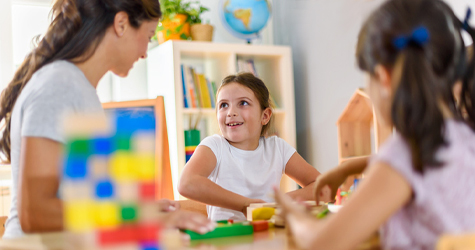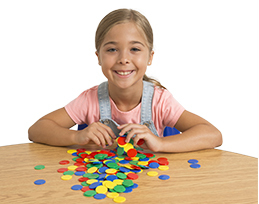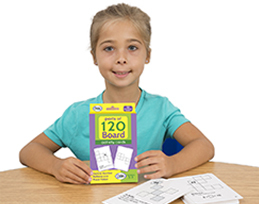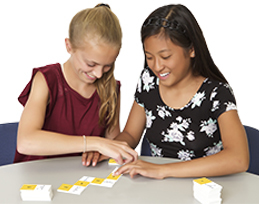Activities for the 100th Day of School
- By Matt Christiansen
- Jan 15, 2020
It’s hard to believe that 2018 is here, and we’re quickly approaching the 100th day of school. When I first started working with elementary school teachers, the concept of a 100 days celebration was foreign to me—it wasn’t something that we did in high school. Over time, I’ve come to appreciate this tradition and the mathematical opportunities it brings. In honor of 100 days of learning this school year, here are a few ideas for your 100th day activities. Try them out and let us know what you think!










 © 2023 Didax, Inc. All Rights Reserved.
© 2023 Didax, Inc. All Rights Reserved.